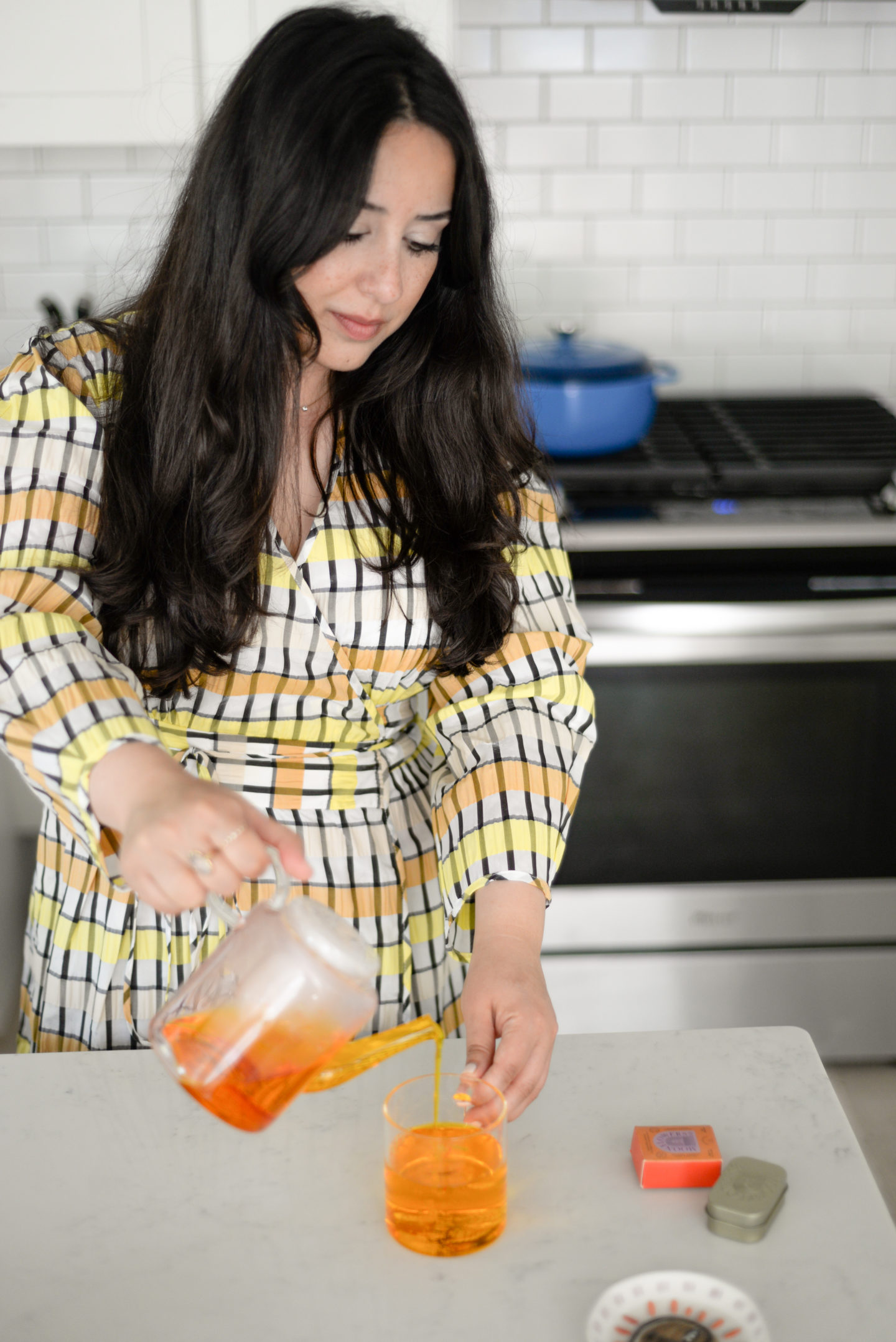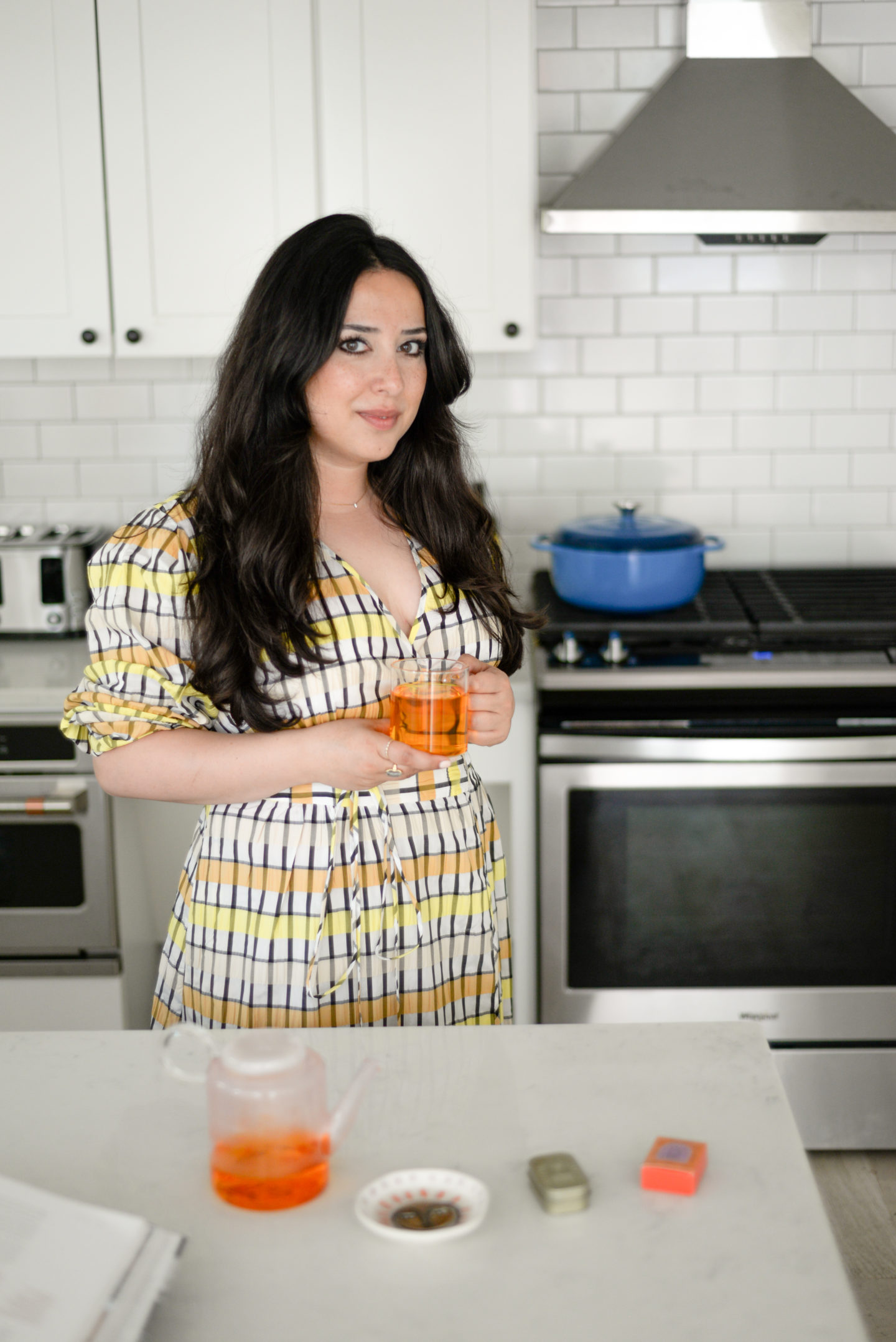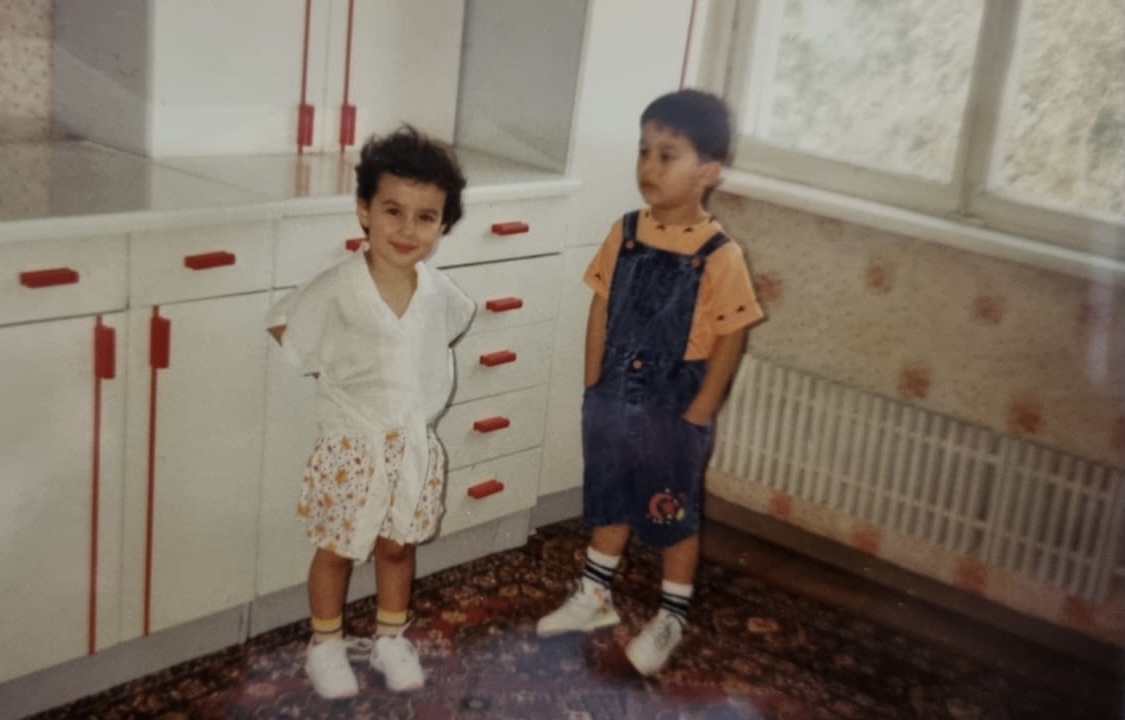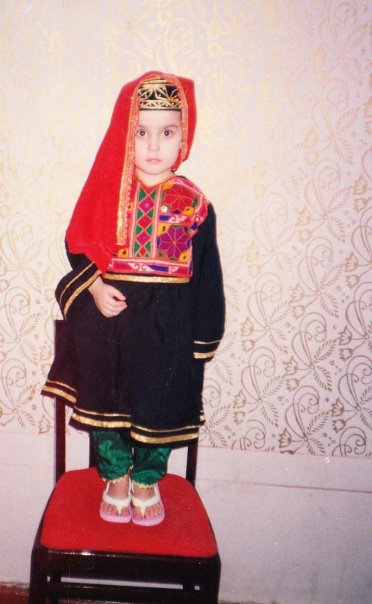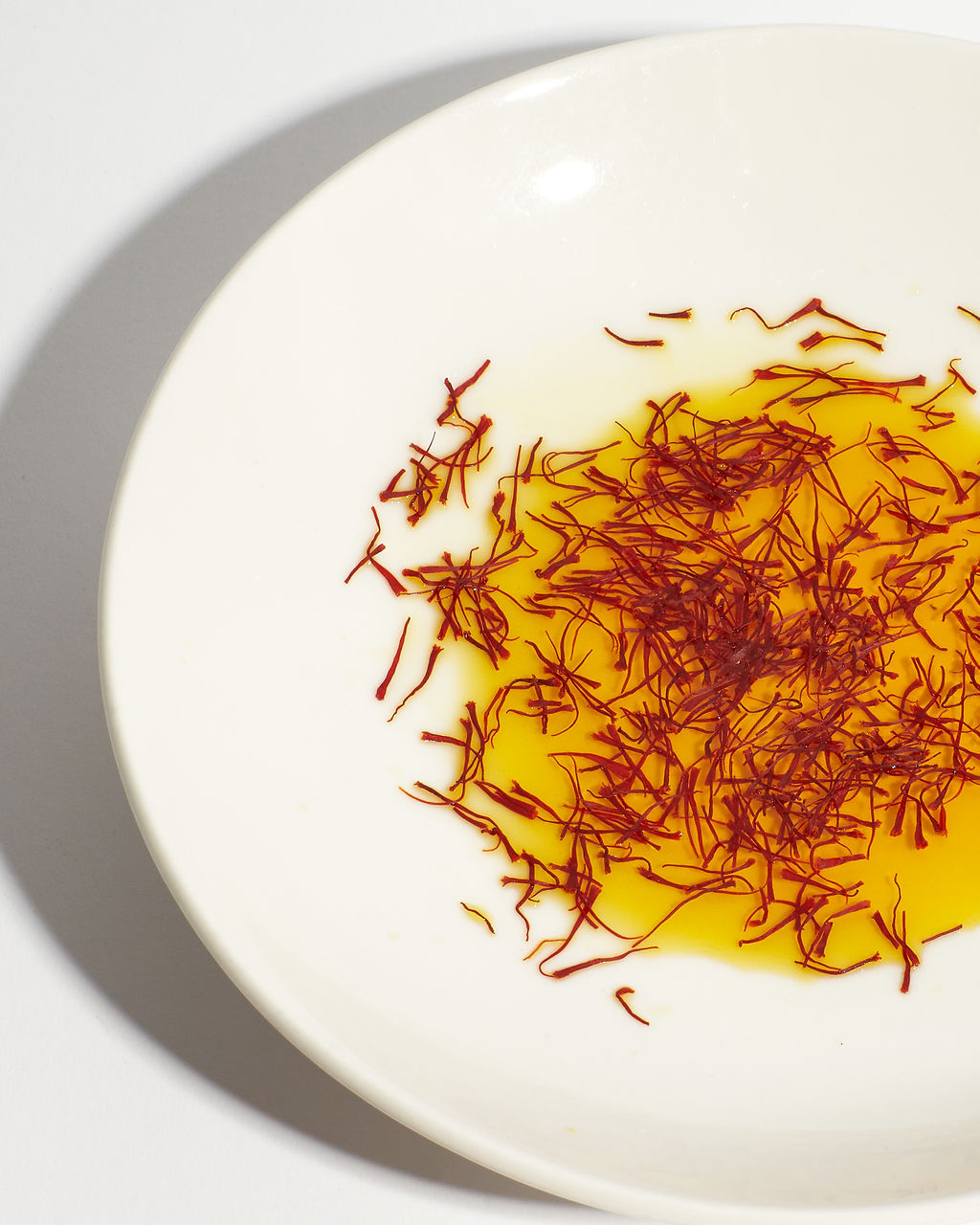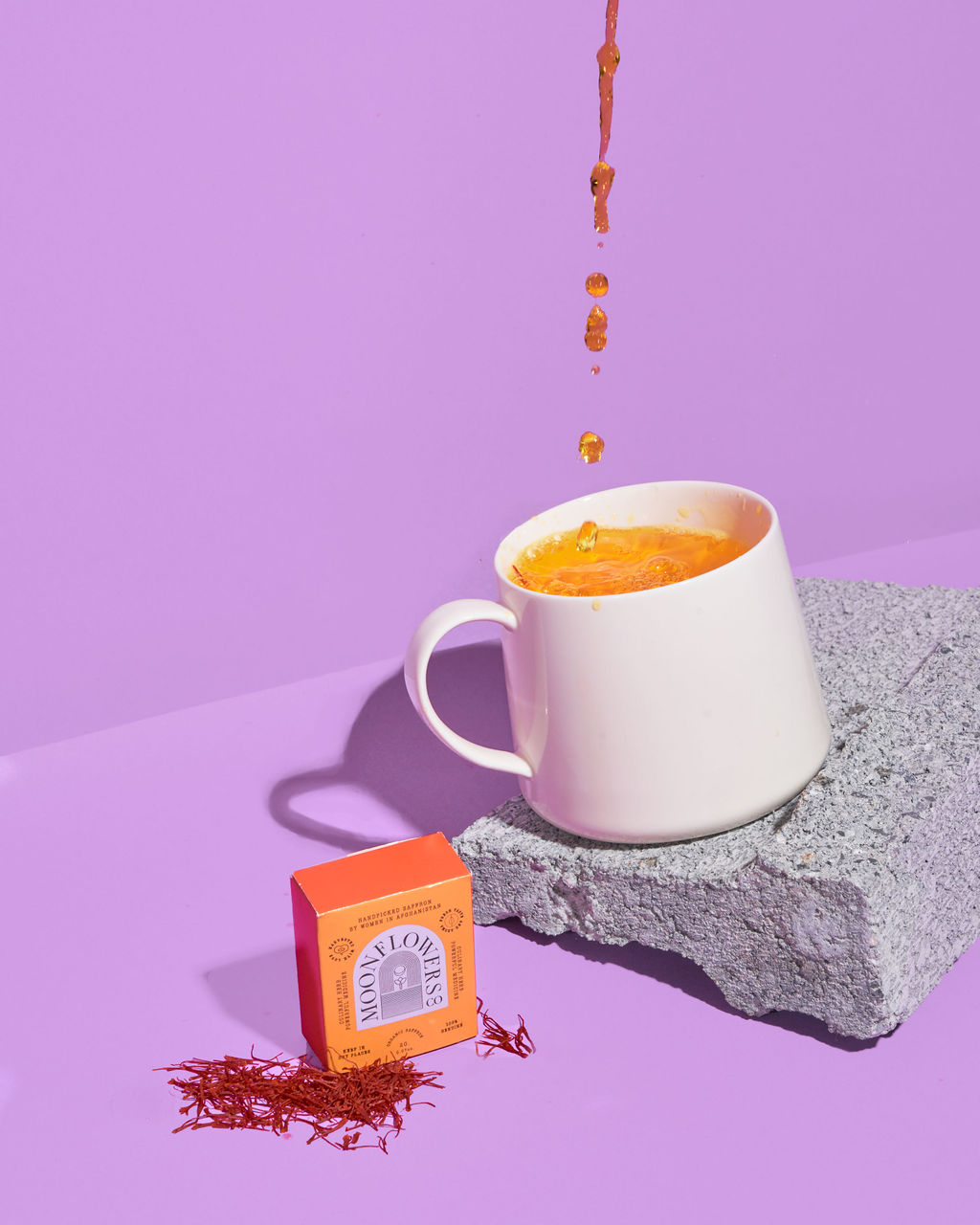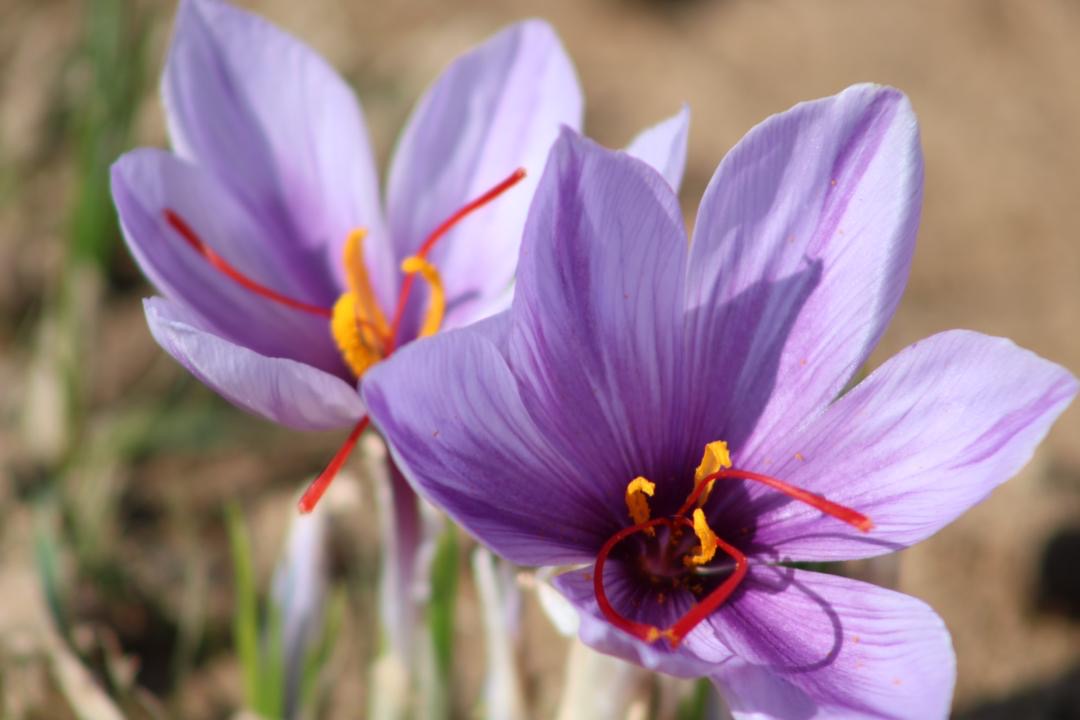Did you know that Saffron harvesting is very labor-intensive — over 50,000 flowers are harvested for just one pound of saffron — and 80 percent of the workforce is made up of women?
Tahmina Ghaffer is the founder of Moonflowers, a brand sharing the beauty of Afghanistan through saffron. Moonflowers is on a mission to support Afghan women and inspire us to learn more about its culinary traditions and stories. Born in Kabul, she left Afghanistan as a child when her parents fled the civil war and sought asylum in the Netherlands. Tahmina’s passion for justice and equality is not a new endeavor. She worked in International Law for the Special Tribunal For Lebanon before arriving in Washington D.C. She’s now connecting us to her homeland while supporting women farmers in the region of Herat.
In this interview, we are talking to Tahmina about the mission behind Moonflowers and her favorite travel destinations, and her tips on how we can immerse ourselves in the culture of Afghanistan from home.
Can you talk to us about your story?
I left Afghanistan when I was five years old before the civil war started. We were with a large group like any Afghan family. My parents, brothers, aunts, uncle, cousins, and grandma became refugees and traveled throughout central Asia, Russia, and eastern Europe to arrive in the Netherlands. As children, we had so much fun traveling through these different countries. However, I can only imagine my parents’ stress, the pressure to find a new safe home for my family.
What does it mean to you to be an Afghan refugee? How has that experience impacted you?
To be an Afghan refugee is always to be heartbroken. There’s a motherland somewhere in ruins, where women have no voices, and there’s no equal opportunity for a good life. And yet, at the same time having lived in this many places, enables you to make your home anywhere in the world. As a refugee, I have adapted to new places, people, and cultures.
What inspired you to launch Moonflowers? What is your goal?
I began Moonflowers to tell the story of the resilience of the women in Afghanistan. The saffron industry in Afghanistan has bloomed after the fall of the Taliban in 2001 because most farmers switched from poppy to saffron crocus. The saffron pickers make up more than 80% of the labor in the saffron industry. Creating jobs and opportunities for women who would otherwise not have access to the labor market. These women were able to harvest premium quality saffron to offer the world such a beautiful product. I wanted to share their story through their product here in the US. My goal is to make saffron a pantry staple in every household.
The branding and storytelling of Moonflowers are powerful – can you walk us through the colors and branding?
The branding is designed by Polonsky & Friends. They have done such an excellent job in bringing my vision to life. I wanted the packaging to be colorful and to represent the women by only using curves and circles as feminine shapes. The inspiration behind it was the ancient architect, the landscapes of Afghanistan, poetry, and the rich harvest of fruits, nuts, and spices.
How are Moonflowers making a difference in the lives of women in Afghanistan?
Right now, the women of Afghanistan don’t want to be forgotten by the international community. They need as many people to advocate for them. According to a survey conducted by Women for Women, they call for women’s rights, inclusion in public life, urgent economic relief, and the international community to step up in solidarity with them. We continue to tell their stories and share their hand-harvest premium quality saffron. This is our way of supporting those who have lost their voices. In support of women, we mustn’t forget their struggles. We need to keep speaking up for those who have lost their voices. We will continue our work and advocate for the women in Afghanistan.
Is your business being impacted by the current political situation in Afghanistan? Now that the Taliban are in power, what is the future for Moonflowers?
It has definitely impacted Moonflowers in many ways. Some of the suppliers I had worked with managed to leave the country. I’m glad they were able to start a new life somewhere safe. It was very uncertain for the women whether they could work or not. The economy crashed and there were no more buyers for saffron, so when it was time for harvest in October and November the prices of saffron had dropped incredibly. It’s sad for the farmers, they have worked so hard to produce the saffron spice only to reach the point where they won’t be paid enough for their hard labor.
Is your business being impacted by the current political situation in Afghanistan? Now that the Taliban are in power, what is the future for Moonflowers?
It has definitely impacted Moonflowers in many ways. Some of the suppliers I had worked with managed to leave the country. I’m glad they were able to start a new life somewhere safe. It was very uncertain for the women whether they could work or not. The economy crashed and there were no more buyers for saffron, so when it was time for harvest in October and November the prices of saffron had dropped incredibly. It’s sad for the farmers, they have worked so hard to produce the saffron spice only to reach the point where they won’t be paid enough for their hard labor.
Saffron is an especially and highly coveted spice….can you walk us through the process of harvesting it?
Harvesting saffron is a very labor-intensive process and cannot be automated. This is what makes the spice expensive. The saffron corms are planted from April through June. Unlike other plants, saffron doesn’t need much nutrients or water to grow. The first irrigation is usually in September, and this is when the corm starts to grow. The flowering stage begins in October and continues for three weeks. The saffron crocus grows three stigmas each, and these stigmas are the edible saffron threads. The harvesting is time-sensitive and must be done by hand. Each flower lives for about 48 hours and must be harvested before it wilts; otherwise, this will affect the quality of saffron. All handpicked saffron flowers are brought to a farmhouse where the stigmas will be separated from the flowers and dried. You need about 75,000 saffron flowers to make 1 pound of saffron thread.
You can find more here.
How can people immerse themselves in the culture of Afghanistan from home?
Poetry, food, and music play a central role in Afghan culture. It’s one of my favorite ways of getting to know other cultures. Understanding where our food comes from helps you understand the culture of the different regions, as is best explained here. Art is an essential medium for sending important messages and advocating for change. Here are some of my favorite poetry and films to help you immerse in Afghan culture: The Orphanage by Shahrbanoo Sadat, The Silencemovie by Mohsen Makhmalbaf, and poetry by Rumi poetry Elias Alavi, poetry by Layla Sarahat Rushani.
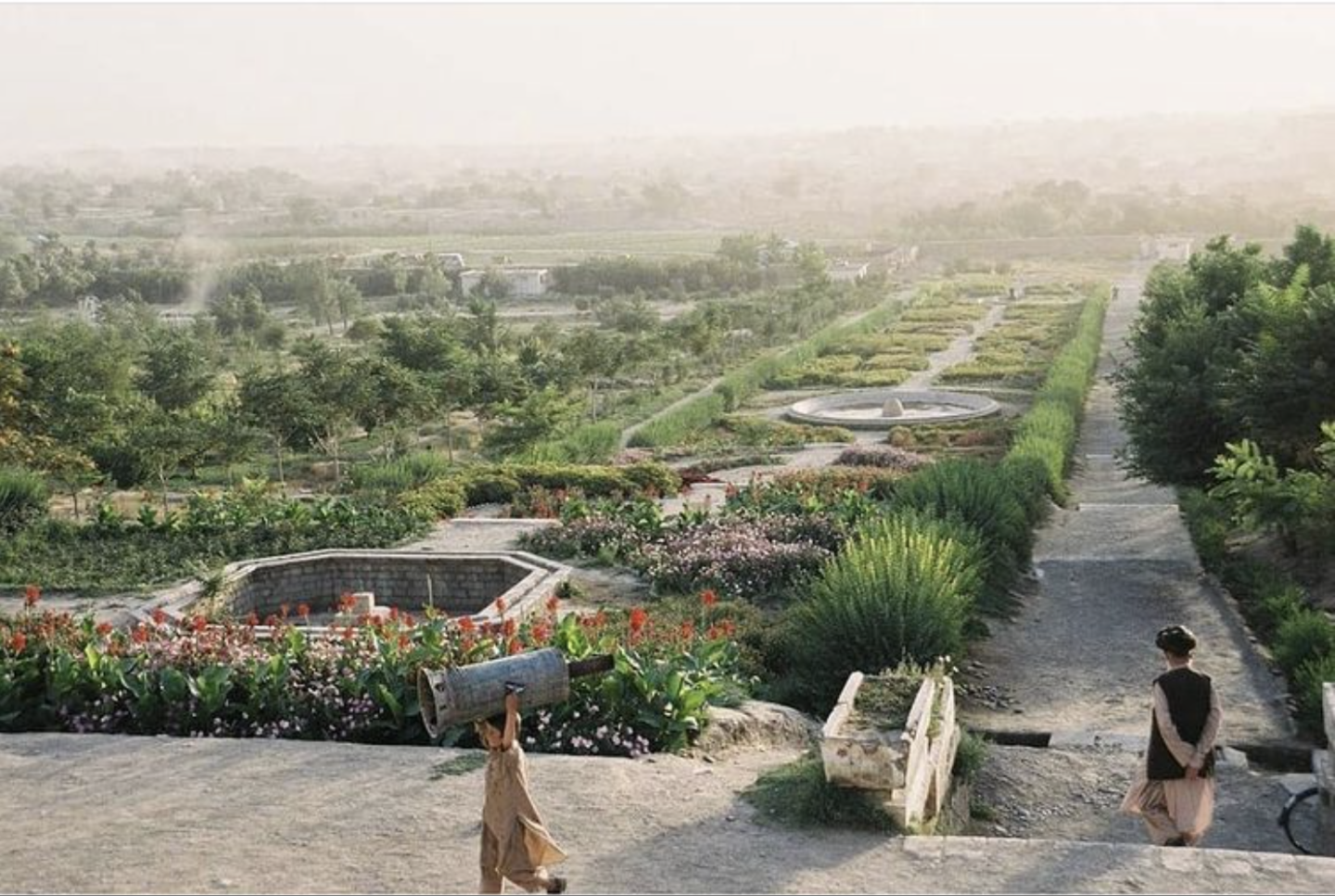
Image Credit: Omer Abrar
The Essentials
Favorite travel destinations?
I love Andalusia; it is rich in history, culture, food, and great weather. It has preserved its historical sites, and there are so many large cities close to each other that you never get enough of discovering places.
If you could take us to Afghanistan – what are some show-off places you would take us to?
I would take you to Panjshir Valley, where my ancestors come from. It’s a valley in the north of Afghanistan, where there’s an abundance of mulberry trees and apricots, rivers streaming from gletsjers, mountain lakes, and the most generous people living there.
What is a staple afghan dish in your household?
The best way to enjoy Afghan culture is to attend a dinner party. The staple is Kabuli Palau. It’s a dish you make for the whole family, but primarily for guests when hosting a dinner party. This dish is usually the centerpiece of each table. It is made with lamb or veal in aromatic basmati rice, topped with carrots, almonds, and raisins. There’s always an abundance of great food followed by everyone dancing in the living room to music.
Essentials you can’t travel without?
Without my skincare, my new balance hiking sneakers, and sunglasses, I can’t travel. I’m flexible when away from home, but my skin needs to feel fresh and nourished.
Name a favorite Recuerdo (souvenir) that you brought back from a destination you’ve traveled to and that holds a lot of meaning for you.
One souvenir I took back four years ago from the Picasso museum in Malaga, Spain (his hometown!) is a notebook. This notebook I use for writing down my creative ideas, and I can’t get through a creative process without it. I like to tell myself that it carries Picasso’s spirit.
Our souvenir shop is partnering with Moonflowers, discover the Afghan Bundle here.
